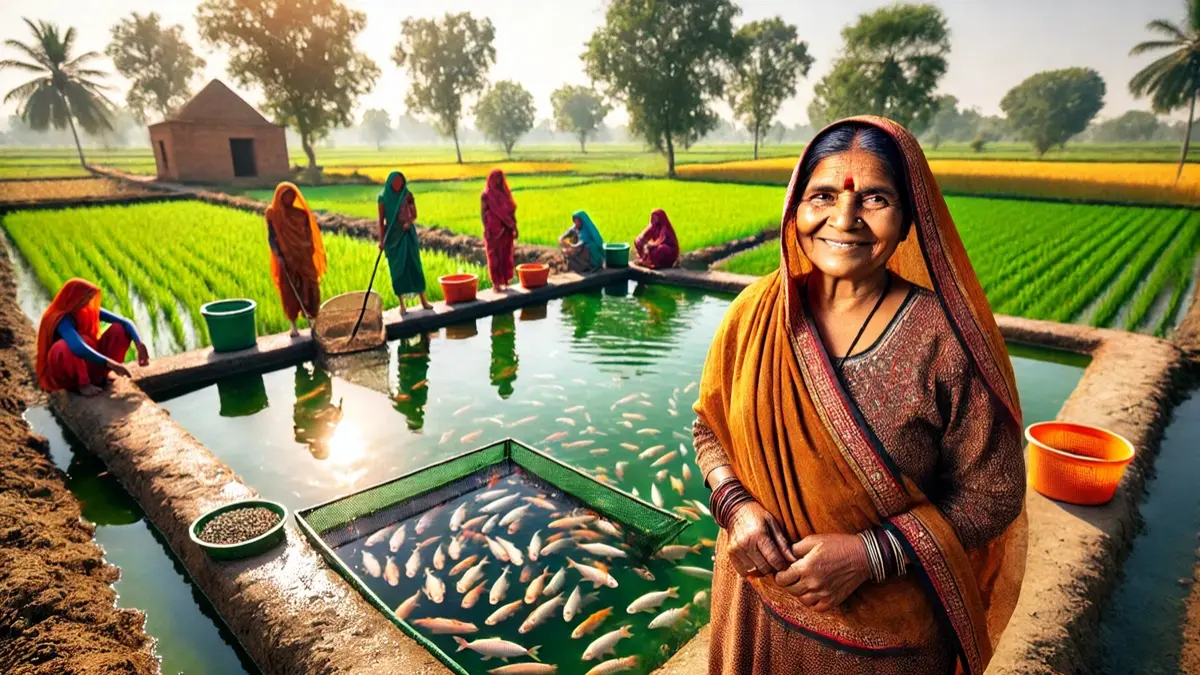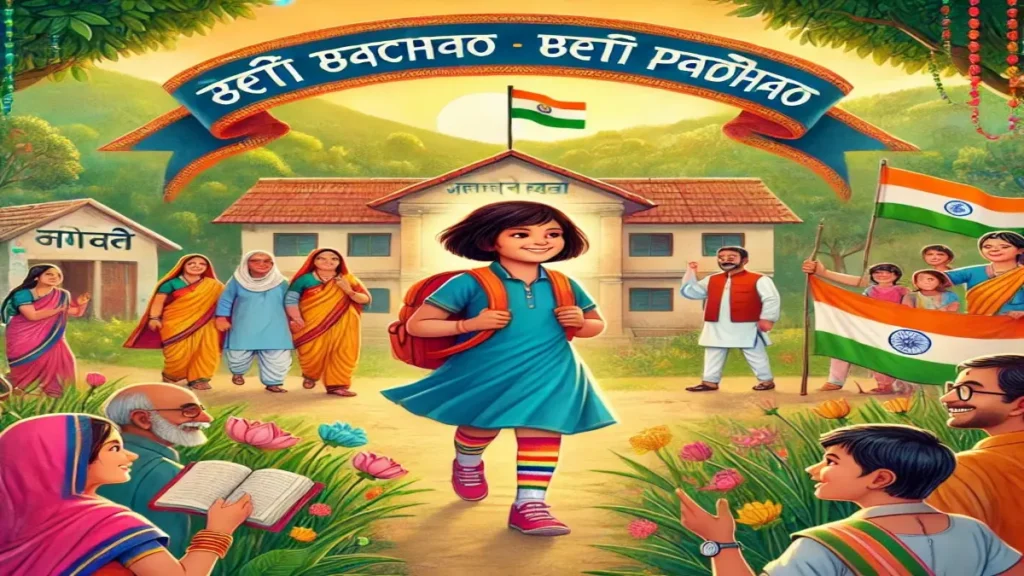
India’s rural literacy rate greatly improved in 2023-24, reaching 77.5. This was driven by a sharp rise in female literacy, which increased from 57.93% in 2011 to 70.4% (among individuals aged seven years and above). Female labour force participation in rural areas also rose substantially, up from 24.6% in 2017-18 to 41.5% in 2022-23.
These achievements also reflect the combined impact of centrally sponsored schemes, non-profit organisations like Transform Rural India (TRI), a development design company, and grassroots leaders working in underserved regions. On National Girl Child Day (January 24), learn about some of those impactful initiatives that have contributed to empowering girls and women in rural India.
Beti Bachao Beti Padhao (BBBP)
The Beti Bachao Beti Padhao (BBBP) scheme was launched nine years ago as a collaborative initiative by the Ministry of Women and Child Development, the Ministry of Education, and the Ministry of Health and Family Welfare. The primary aim of the initiative is to prevent gender-biased sex-selective practices, ensure the survival and protection of the girl child, and promote her education. BBBP is a centrally sponsored scheme with 100 per cent funding from the Government.
The scheme’s transformative impact is evident, particularly in the education sector, as highlighted by official data such as the Economic Survey of India. The 2022 survey shows improvements in school enrollment rates and gender equality. The Gross Enrolment Ratio (GER) for primary schools increased for both girls and boys and for the upper primary level, which had stagnated from FY17 to FY19, GER also saw improvement in FY22. Notably, girls’ enrollment rates at both primary and upper primary levels have surpassed those of boys, marking a significant achievement in the country’s journey toward gender parity.
Aqua Schools
Shail Kumari, a farmer from the Mihinpurva block of Bahraich, Uttar Pradesh, struggled to provide sufficient food grains for her family due to seasonal flooding that disrupted her farming activities. During this challenging period, she discovered the potential of fish farming through Transform Rural India’s (TRI) ‘Aqua Schools.’ By investing Rs 10,000 to excavate a fish pond and utilising TRI’s support with fish seeds and bird nets, she earned an additional income of Rs 40,000 from fish farming alongside her paddy production. Beyond Shail Kumari, hundreds of rural women have benefited from Aqua Schools, which offer comprehensive capacity-building programmes. They provide capacity-building initiatives, technical guidance for pond construction and fisheries management, and equip women with the skills needed to achieve sustainable livelihoods through aquaculture.
District Sports Bank in Gumla
Jharkhand has been the birthplace of some remarkable women’s sports personalities, including Salima Tete, the current captain of the Indian women’s national field hockey team. Tete, hailing from a village in the Simdega district of Jharkhand, has proven that the state’s rural youth, who have traditionally excelled in hockey, athletics and archery, can reach even higher levels with access to proper sports infrastructure. In recognition of this potential, Transform Rural India (TRI) partnered with the district administration, the District Planning Office and the District Sports Department to launch the Gumla District Sports Bank. This unique initiative, under the state’s Come & Play campaign, provides hockey, football, athletics, badminton, and cricket kits to players during block and district tournaments. Offering a one-stop solution for tribal individuals and teams, the scheme eases access to quality sports equipment free of charge. The equipment is to be returned after use. It also runs 14 boarding training centres equipped with state-of-the-art facilities to encourage sports as a career option for teenage girls.
Sukanya Samriddhi Yojana (SSY)
The Sukanya Samriddhi Yojana (SSY) is recognized as a ray of hope and empowerment for millions of young girls across India, helping them achieve their dreams and aspirations. This investment scheme allows parents to secure the financial future of their girl child. A completely risk-free savings plan backed by the government, it offers better returns than most other savings accounts. Under this scheme, parents can invest until their daughter turns 14. They can withdraw 50 per cent of the maturity amount when the girl turns 18, and the full maturity amount when she turns 21 January 22 marks the 10th anniversary of SSY.
National Scheme of Incentives to Girls for Secondary Education
Launched in 2008, the National Scheme of Incentives to Girls for Secondary Education provides incentives to girls who pass class VIII. The major aim of the programme is to boost enrollment and reduce dropout rates, particularly among SC/ST communities. The Centrally Sponsored Scheme covers girls below 16 years of age (as of 31st March) on joining class IX, (Girls studying in private un-aided schools and enrolled in schools run by Central Government like KVS, NVS and CBS affiliated Schools are excluded). A sum of Rs. 3,000 is deposited in the name of eligible girls as a fixed deposit, and they are entitled to withdraw the sum along with interest thereon on reaching 18 years of age and passing the 10th class examination.

